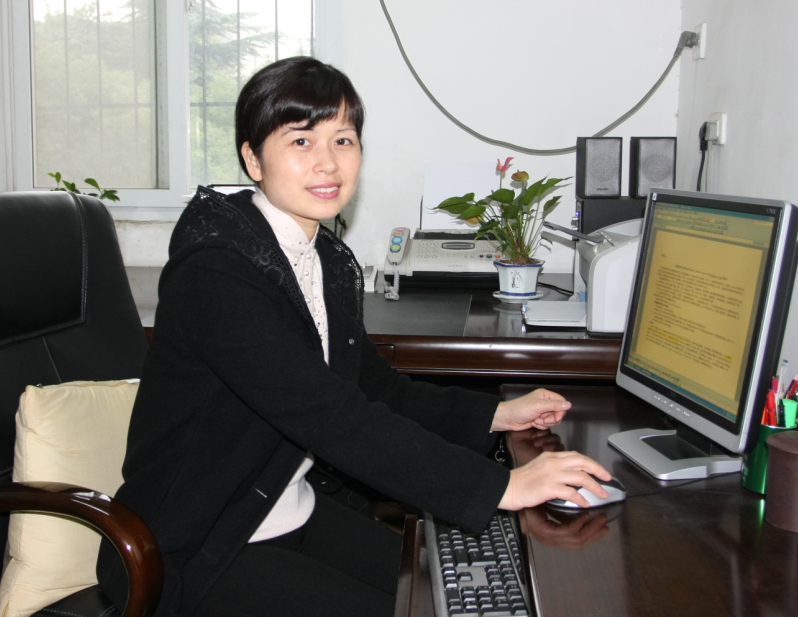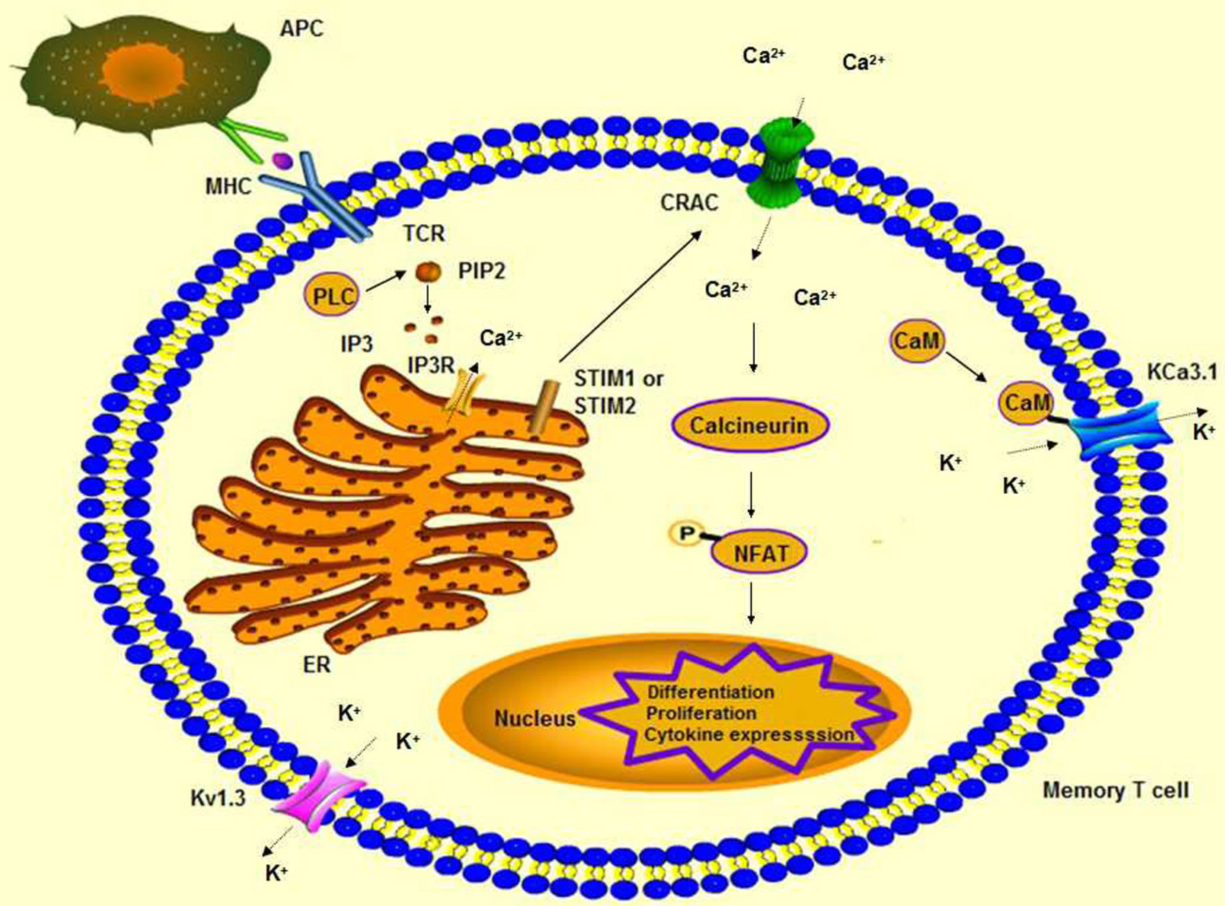
Xiaohua He, PH.D
E-mail Address: hexiaohua@whu.edu.cn
Office Address: 185# DongHu Road, Wuhan, Hubei, 430071
Position(s):
Professor
Affiliation(s):
Department of Pathophysiology
School of Basic Medical Sciences
Wuhan University
Research interests / Specialties:
Molecular mechanisms of neurological channelopathies
Education and Training
B.S., 1985-1990 Hubei Medical University, China
M.S., 1994-1997 Hubei Medical University, China
Ph.D., 1997-2000 Tongji Medical College of Huazhong University of Science and Technology, China
Post-doctoral training, 2000-2002 College of Life Sciences, Wuhan University, China
Visiting Scholar, 2005-2006 University of Sydney Medical School, Australia
Research Description
Our research has focused on trying to understand how ion channels act in the nervous system and elucidating the molecular mechanisms of epilepsy, multiple sclerosis and other neurological channelopathies.
We have further identified the role of ion channels during the processes of inflammatory cells infiltration into the central nervous system, including cell adhesion, migration, blood-brain barrier disruption and other neuropathological effects, so as to identify more specific targets for interventions, with the hope of preventing these neurological channelopathies.
We have also begun to obtain selective channel blockers from scorption toxin and identify how these toxins might be deployed in neuroscientific studies and drug development.

Publication list
1. Zhao YP, Huang J, Yuan XL, Peng BW, Liu WH, Han S*, He XH*. Toxins Targeting the KV1.3 Channel: Potential Immunomodulators for Autoimmune Diseases.Toxins. 2015, 7(5), 1749-1764
2. Huang WX, Yu F, Sanchez RM, Liu YQ, Min JW, Hu JJ, Bsoul N, Han S, Yin J, Liu WH, He XH*, Peng BW*. TRPV1 promotes the occurrence of repetitive febrile seizures by increasing the secretion of pro-inflammatory cytokines in the immature brain. Brain Behav Immun. 2015, pii: S0889-1591(15)00030-6. doi: 10.1016. [Epub ahead of print]
3. Qiu YY, He XH*, Zhang YN and Li JX*. Discriminative stimulus effects of the novel imidazoline I2 receptor ligand CR4056 in rats. Sci Rep. 2014; 4:6605
4. Wang ZC, Fan YT, Xu J, Li L, Heng DH, Han S, Yin J, Peng BW, Liu WH*, He XH*. Transcriptome Analysis of the Hippocampus in Novel Rat Model of Febrile Seizures. PLoS One. 2014, 9(4):e95237. doi: 10.1371
5. Qiu YY, Li JX*, He XH*. Behavioral effect of the imidazoline I2 receptor ligand BU99006. Behav Pharmacol. 2014; 25(2): 130-136
6. Zhang YY, Chen X, Lian HW, Liu JM, Zhou BY, Han S, Peng BW, Yin J, Liu WH*, He XH*. MicroRNA-503 acts as a tumor suppressor in glioblastoma for multiple antitumor effects by targeting IGF-1R. Oncol Rep. 2014, 31(3):1445-1452.
7. Xu J, Fan YT, Li L, Qiu YY, Wang ZC, Han S, Yin J, Liu WH, Peng BW*, He XH*. Hyperthermia-induced seizures: Development of hyperthermia-prone and hyperthermia-resistant rats. Epilepsy Res. 2013,106(3):311-317
8. Li Z, Liu WH, Han S, Peng BW, Yin J, Wu YL*, He XH*, Li WX. Selective Inhibition of CCR7_ Effector Memory T Cell Activation by a Novel Peptide Targeting Kv1.3 Channel in a Rat Experimental Autoimmune Encephalomyelitis Model. J Biol Chem. 2012, 287(35):29479-29494
9. He Y, Wu Q, Xu ZP, Wang QQ, Wang WL, Li DZ, Liu WH*, He XH*. Hereditary Neuropathy with Liability to Pressure Palsy: An Investigation in a Rare and Large Chinese Family. Eur Neurol. 2012, 68:322-328
10. Wang ZH, Yang B, Dong LL, Peng BW, He XH*, Liu WH*. A novel oncoprotein Pirh2: rising from the shadow of MDM2. Cancer Sci. 2011,102:909-917
11. Yu F, Liu YL, Wang YC, Yin J, Wang H, Liu WH, Peng BW*, He XH*. Protective effect of the KCNQ activator flupirtine on a model of repetitive febrile seizures. Epilepsy Res. 2011,97:64-72
12. Han S, Hu YT, Zhang RH, Yi H, Wei JJ, Wu YL, Cao ZJ, Li WX, He XH*. ImKTx88, a novel selective Kv1.3 channel blocker derived from the scorpion Isometrus maculates. Toxicon. 2011, 57:348-355
13. Zhang YY, Liu YJ, Zhu GG, Qiu YY, Peng BW, Yin J, Liu WH*, He XH*. Foamy virus: an available vector for gene transfer in neural cells and other non-dividing cells. J NeuroVirol. 2010, 16:419-426
14. He XH, Sullivan E, Stankovic R, Harper C, Pfefferbaum A. Interaction of thiamine deficiency and voluntary alcohol consumption disrupts rat corpus callosum ultra structure. Neuropsychopharmacology. 2007, 32: 2207-2216
15. Liu WH, Liu ZC, Cao XB, Cao ZJ, Xue L, Zhu F, He XH*, Li WX*. Recombinant human foamy virus, a novel vector for neurological disorder gene therapy, drive production of GAD in cultured astrocytes. Mol Ther. 2007, 15: 1834-1841


